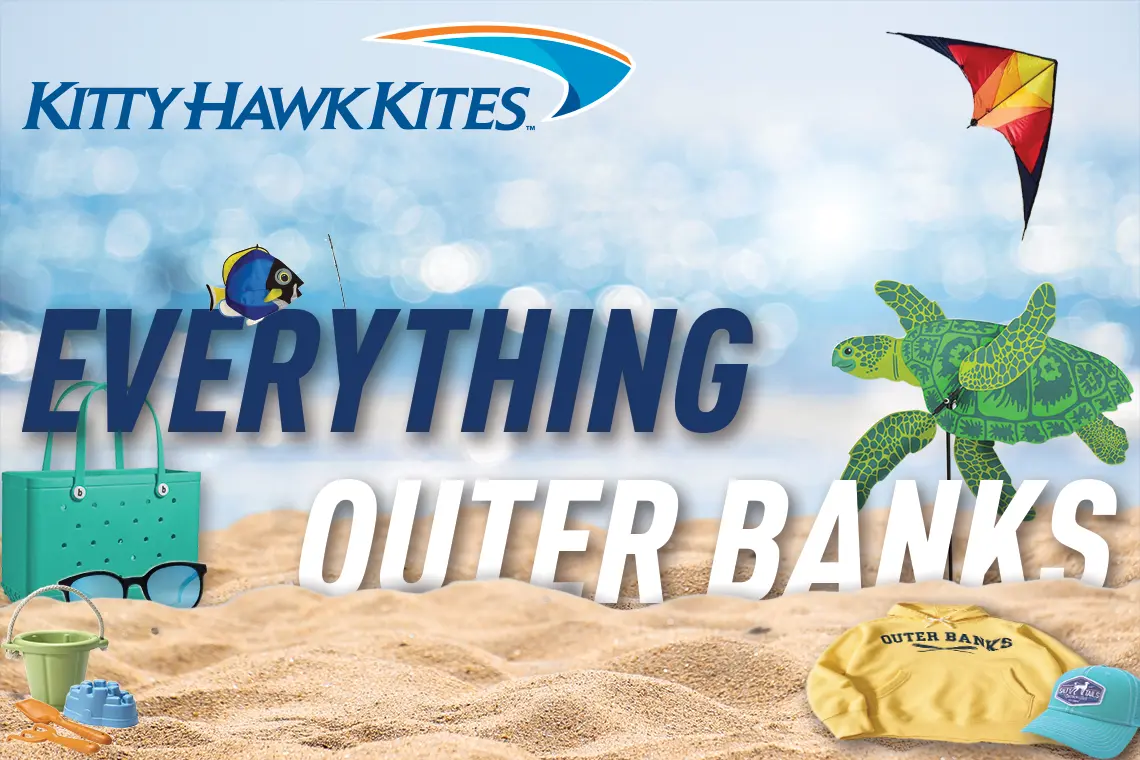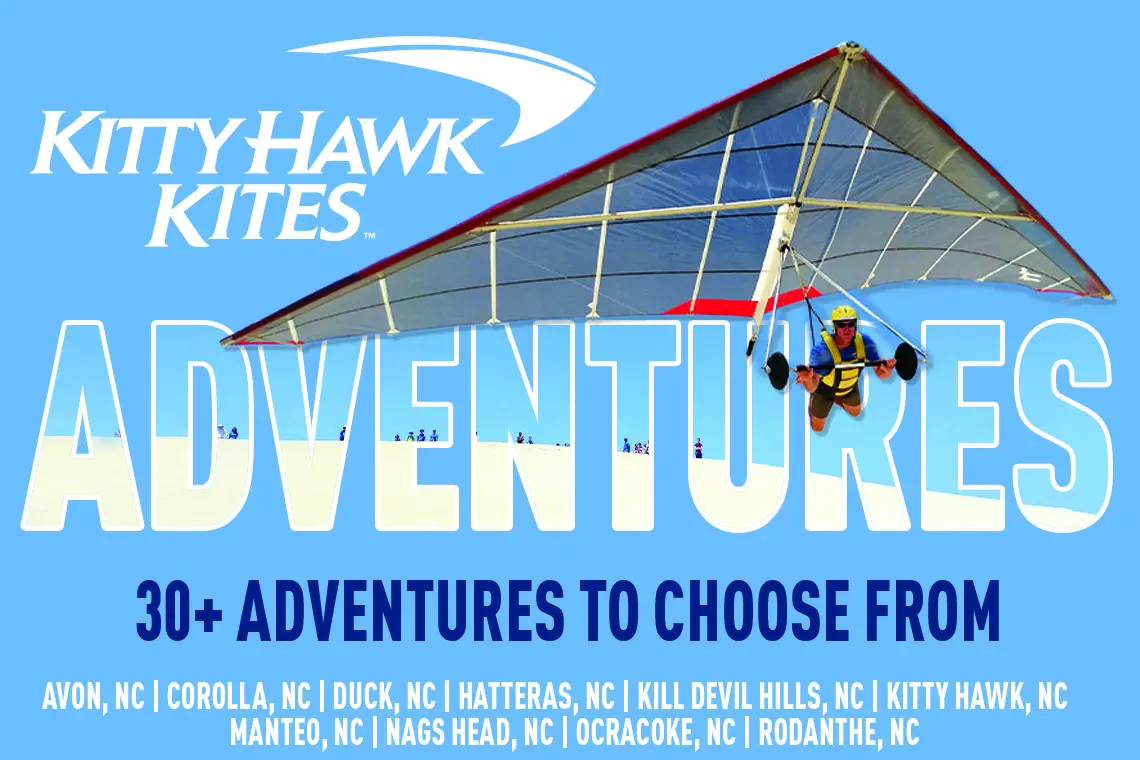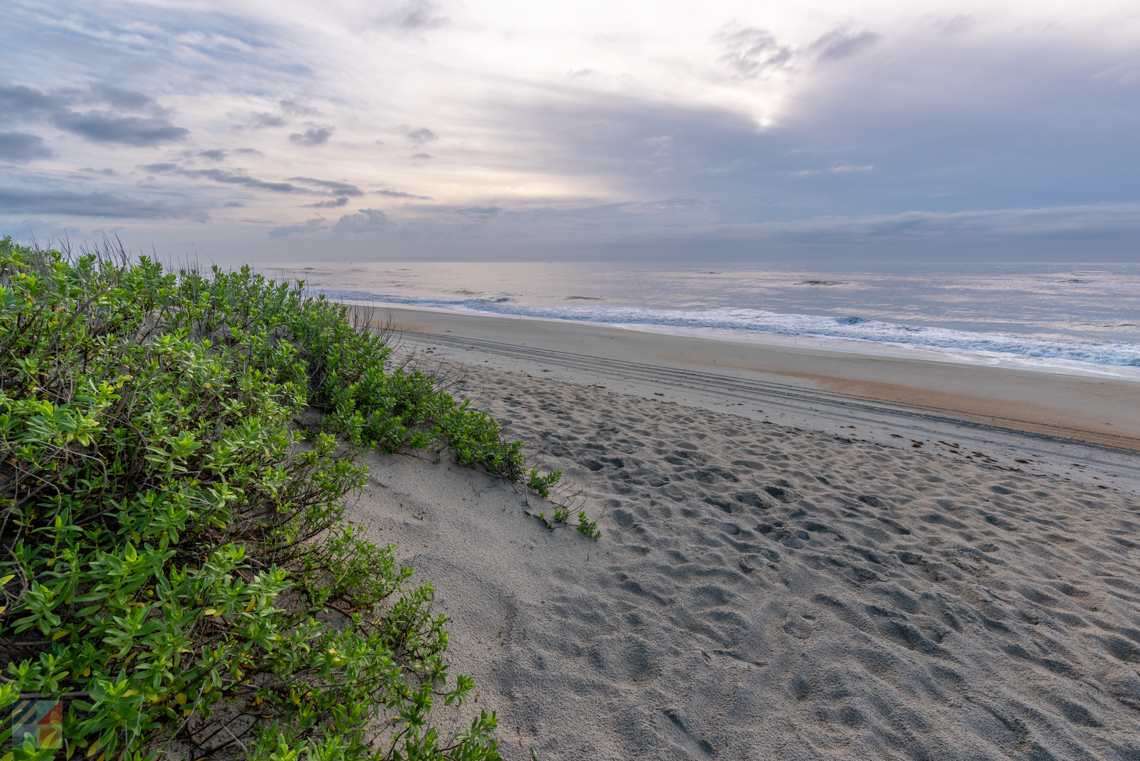
Hiking/walking - While the beaches are beautiful destinations for secluded long walks, hikers will want to head to the soundside and the maritime forests. There is a .75 guided nature trail across from the Cape Hatteras Lighthouse which makes a loop through Buxton Woods, and more adventurous hikers will find a much longer trail nearby, adjacent to the British Cemetery, which winds for 7 miles all the way to Frisco. A network of rustic hiking trails can also be found across from the Fish House restaurant in Buxton, on Water Tower Road. These trails lead to towering sand dunes in the middle of Buxton Woods, which are among the highest peaks on the island.
Biking - Both the communities of Avon and the tri-villages of Rodanthe, Waves and Salvo have recently installed town-wide biking and walking paths which are located off the main road, but nevertheless run parallel to NC Highway 12. Avon visitors can also explore the lightly populated Avon Village on a bike, which presents a cool view of the Pamlico Sound and the historic Avon Harbor. Meanwhile, Hatteras Village visitors can loop around the village via the quiet Eagle Pass Road.
Kayaking - The Pamlico Sound is ideal for kayakers, and paddlers can launch via the Canadian Hole Beach access which is located in between Avon and Buxton, the Salvo Day Use area just south of Salvo, or via hundreds of island-wide vacation rental homes that feature a private dock or watersports launching area. Equipment rentals, lessons and guided tours can be acquired at local watersports companies, like Kitty Hawk Kites which has store locations in Waves, Avon and Hatteras.
Birding - Avid birders will want to explore the Pea Island National Wildlife Refuge, a 13-mile-long area of land that is famed for its thousands of migrating waterfowl. Plan a late winter / early spring visit for the chance to spot the elusive white pelicans, or make arrangements to come in September to take part in the weeklong annual Wings Over Water festival. A main parking and Visitors Center is located about halfway between the Herbert C. Bonner Bridge and Rodanthe, where several walking trails that wind to the soundfront can be found.
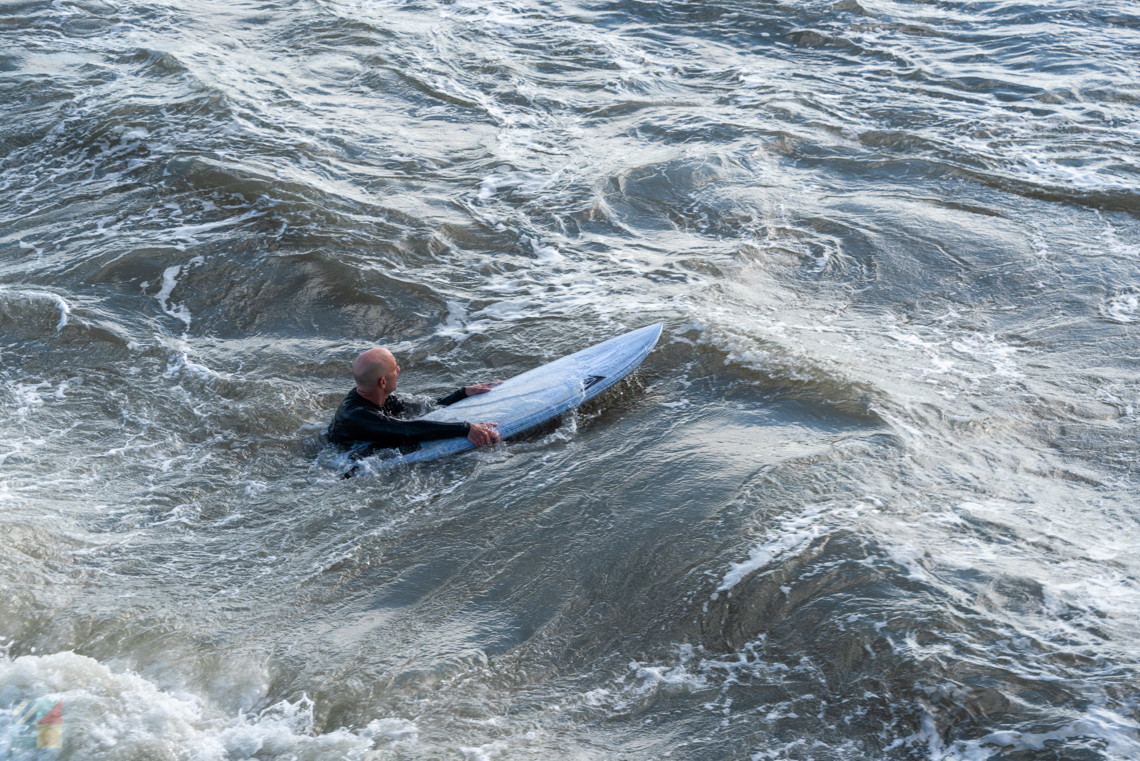
Surfing - Surfing is big on Hatteras Island, and popular local spots include "the Jetties," the public beach next to the lighthouse, the "S-Curves," the region of shoreline just north of Rodanthe, and the waters by the Rodanthe, Avon and Frisco Piers. That said, every year is different, and surfers should simply look for clusters of vehicles along NC Highway 12 to find the current year's hot spot. Hatteras Island is also home to several dozen surf shops, which specialize in boards, wet suits, apparel, and even lessons.
Lighthouses - Hatteras Island is home to the nation's tallest lighthouse and the world's tallest brick lighthouse, the Cape Hatteras Light. Clocking in at an impressive 208' feet, the lighthouse is viewable from virtually any point along the island from Avon to Frisco. The Cape Hatteras Lighthouse is managed by the National Park Service, and is seasonally open to climbers for a small fee. There is also a museum, a Visitors Center, and a gift shop located on the premises, as well as a public beach access and picnic area.
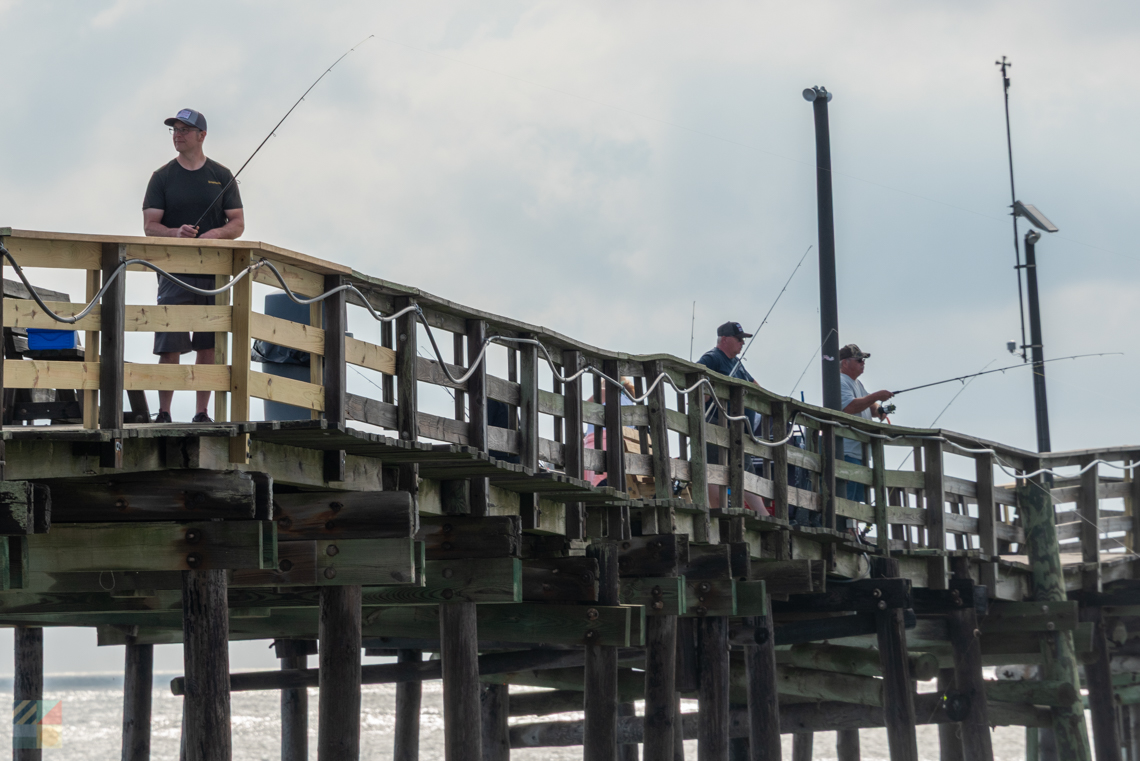
Fishing - Fishing is arguably what first brought tourists to Hatteras Island, and off-season fall and spring anglers still flock to the island to cast off of Cape Point. This geographic "turning point" of the island is one of the most popular surf fishing destinations along the East Coast, and can only be accessed via a 4WD vehicle or a very long hike along the seashore. Cape Point is often closed in the summer due to endangered bird nesting, but is elbow-to-elbow when the fishing heats up in the colder months. That being said, virtually any spot along the Hatteras Island soundfront or oceanfront can be a great place to cast, and visitors will simply need to obtain a Saltwater Fishing License before their visit at http://www.ncwildlife.org/, or while on the island at one of the innumerable local bait and tackle shops.
Beaches - Hatteras Island boasts roughly 50 miles of pristine beaches, which are all part of the Cape Hatteras National Seashore. Seldom crowded, visitors will find public access paths or boardwalks throughout every village on the island, as well as a dozen or so public parking areas located along NC Highway 12. In addition, there are 12 beach access 4WD ramps, from just south of Salvo to the edge of Hatteras Village, for beach-goers who acquire ORV Beach Driving permits. (Beach driving permits can be obtained via the National Park Service Visitors Center in Buxton.) In short, there's plenty of public accesses, but visitors can also simply pull over to the side of NC Highway 12 at virtually any point, (unless the beach has been closed off due to nesting), and follow a rugged sand path to reach the shoreline.
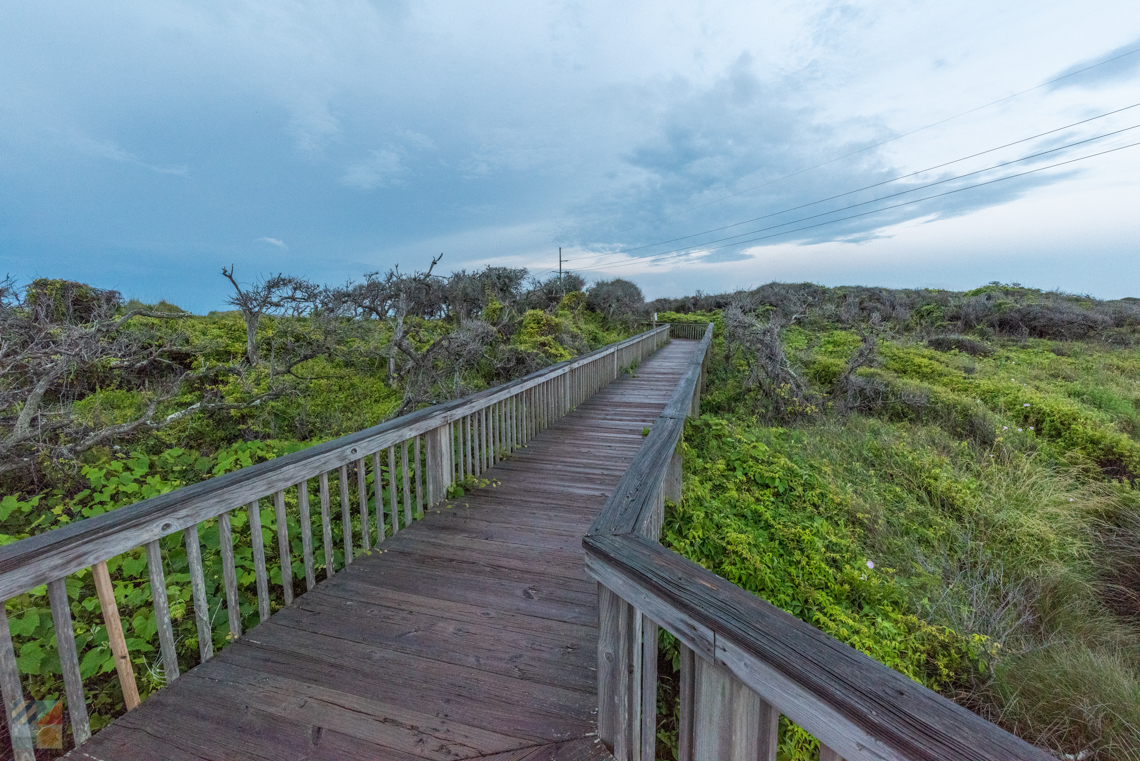
Wildlife viewing - While the Pea Island National Wildlife Refuge is the best spot for birdwatchers, visitors who want to view more variety should head to Buxton Woods via the long trail adjacent to the British Cemetery, or the numerous rustic trails off of Water Tower Road. On these routes, hikers and walkers may spot local deer, nutrias, reptiles, and even the legendary, (and seldom spotted), Buxton Woods alligators. There's also a short nature trail in Hatteras Village just off of Eagle Pass road which is a great destination for bird watchers and nature lovers alike.
Swimming - The ocean waters off of Hatteras Island are generally warm enough for swimming from Memorial Day until late September or early October. When funds are available, Buxton features a seasonally lifeguarded beach adjacent to the Cape Hatteras Lighthouse. The soundside is perfect for young kids, as it is shallow and features no waves. Visitors can find soundside beaches at Canadian Hole in between Avon and Buxton, and at a handful of soundside 4WD access points in between the towns of Avon and Salvo.
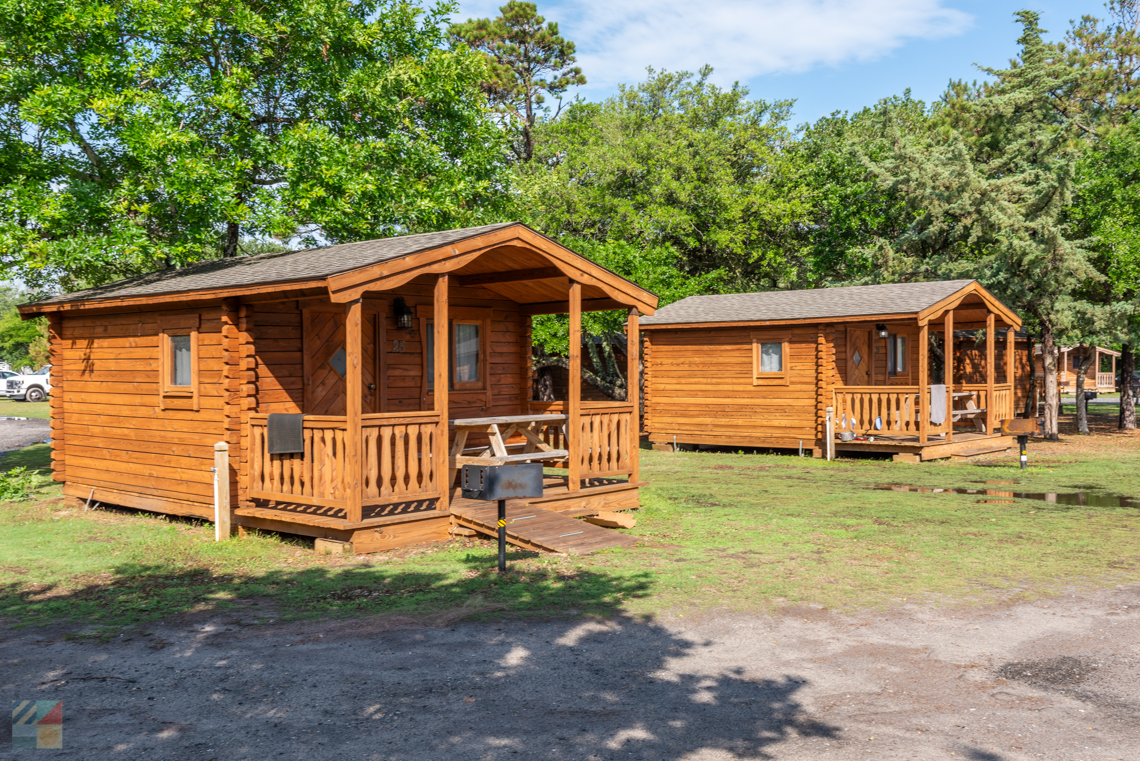
Camping - Hatteras Island is home to a number of campgrounds, including two seasonally-opened National Park Service campgrounds located close to Cape Point and the Cape Hatteras Lighthouse in Buxton, and close to the small airport in Frisco. There are also a dozen or more privately owned campground which range from resort-style accommodations to locally owned in-town establishments with room for 20 RVs or less. The tri-villages area of Rodanthe, Waves and Salvo have the highest concentration of campgrounds and RV parks, which includes a recently renovated KOA campground.
Stand Up Paddleboarding - Stand up paddleboarding (SUP) is popular in Hatteras Island on the ocean, the sound, and on the small canals that wind through waterfront neighborhoods. Local watersports companies like Kitty Hawk Kites offer equipment rentals and lessons, and many vacation rental homes close to the Pamlico Sound offer private docks and launching areas. SUP borders can also launch via any ocean-facing beach, (although south Buxton to Hatteras typically have smaller waves and a more gradual sloping ocean floor), or via a soundside public access like Canadian Hole or the Salvo Day Use Area.
Golf - There are no golf courses on Hatteras Island, however visitors can drive north to Nags Head to tee off at the Nags Head Golf Links. The Island does feature several mini-golf courses, which also offer on-site go karts, arcades, ice cream shops, or all of the above.
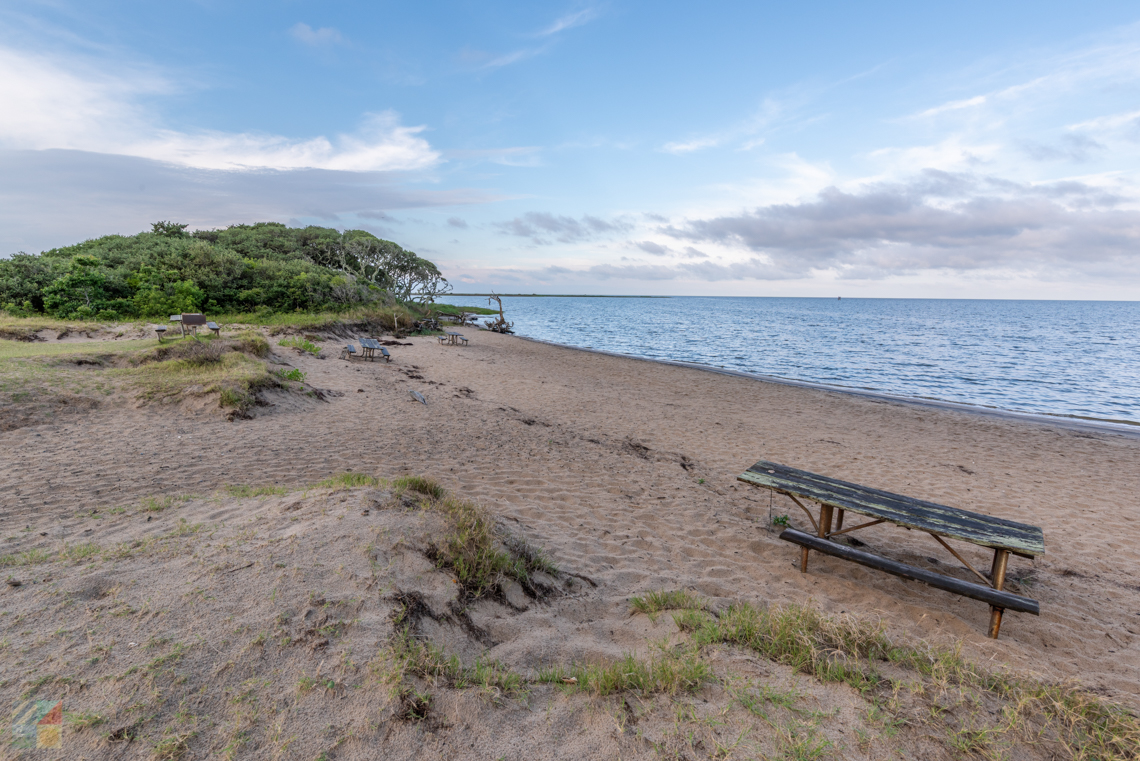
Scenic spots - Nothing beats a sunset over the Pamlico Sound, and visitors will find plenty of vantage points throughout the Hatteras Island region to enjoy the show, including the Avon Harbor in Avon Village, Canadian Hole in between Avon and Buxton, the Salvo Day Use Area, and the Hatteras Harbor docks. For a panoramic view, climb to the top of the Cape Hatteras Lighthouse to enjoy miles-wide vistas that span from Avon to the towns of Frisco and Hatteras Village.
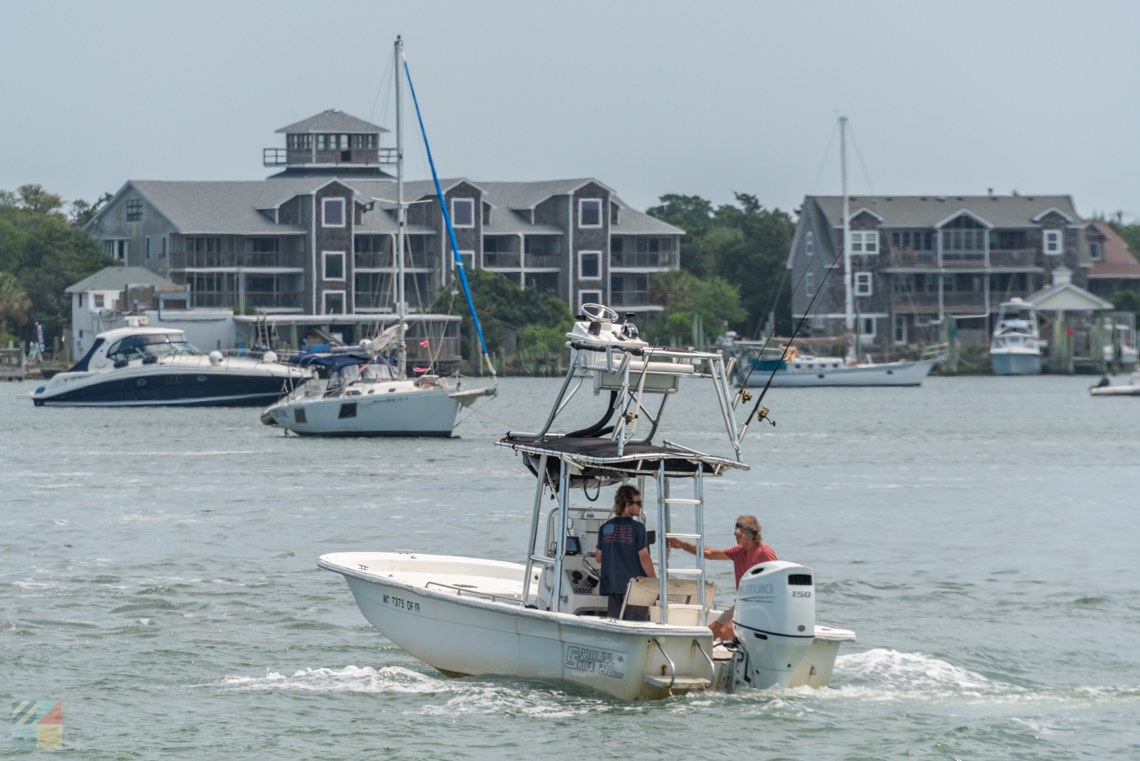
Boating - Virtually every town on Hatteras Island has its own public or privately-run boat ramp, and mariners can easily access the Pamlico Sound via any of these launching points. Check out the Avon Harbor in Avon, the Scotch Bonnet Marina in Buxton, or any of the marinas at the southern end of Hatteras Village for easy (and generally cheap) launching points. In addition, many canalfront or soundfront vacation rentals feature a private dock for guests, which may accommodate small skiffs and motorized vessels.
Educational - Stop by the Pea Island National Wildlife Refuge or the Cape Hatteras Lighthouse's NPS Visitors Center for extensive information on the local ecosystem, from the soundside marshes to one of the East Coast's largest maritime forests. Both the National Park Service and the Wildlife Refuge offer a number of seasonal programs for visitors of all ages that highlight a particular aspect of the Hatteras Island seashore, from shelling to birding to crabbing.
Museums - Plan a stop at Rodanthe's Chicamacomico Lifesaving Station to see relics from the bygone Lifesaving Station era, or head to Hatteras Village's Graveyard of the Atlantic Museum to learn about the Diamond Shoals' deadly and centuries-long history of shipwrecks. Other sea-worthy museums on Hatteras Island include the Frisco Native American Museum, and the Cape Hatteras Lighthouse Museum which is located adjacent to the 208' ft. tall Cape Hatteras Light.
Shelling - Shelling can be sporadic on Hatteras Island, but when conditions are good, the beachcombing is fantastic. Popular shelling beaches include the "new" Irene's Inlet, located a few miles north of Rodanthe, South Beach, which is found just south of Cape Point in Buxton, and the shoreline that borders Hatteras Inlet. Be on the lookout for lightning, knobbed and channel whelks, olive shells, moon snails, razor clams, augers, and even the elusive Scotch Bonnet, which is the official state shell of North Carolina.
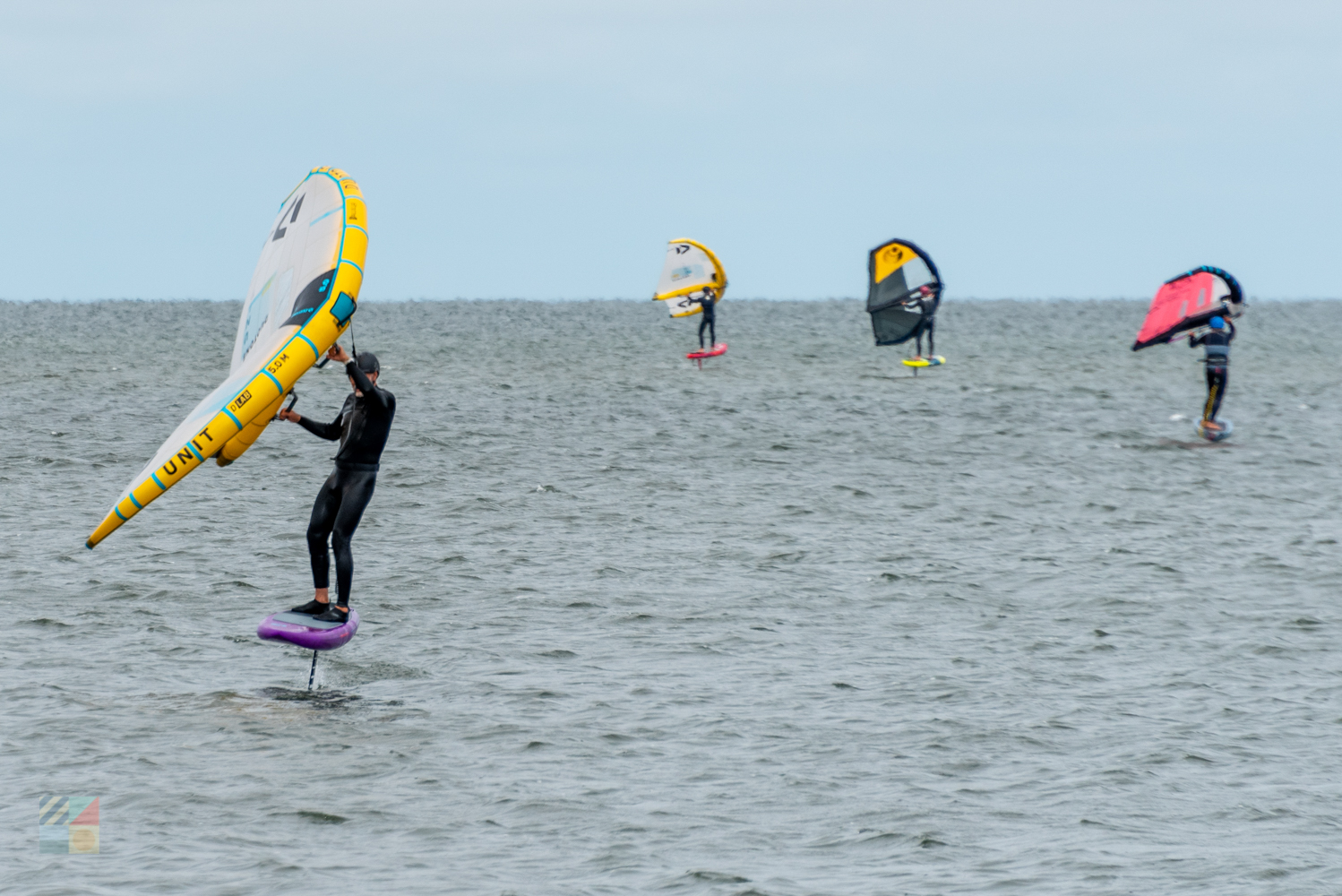
Kiteboarding / Windsurfing - Hatteras Island is considered the best destination in the United States for kiteboarding and windsurfing, and thousands of boarders migrate to the region every spring and fall for the exceptional wind and Pamlico Sound water conditions. Traditionally, windsurfers launch from Canadian Hole in between Avon and Buxton, and kiteboarders launch from "Kite Point," which is located less than a half mile away. Many vacation rental communities, like Wind Over Waves in Salvo, and Kinnakeet Shores and Hatteras Colony in Avon, have also become Meccas for boarders who want to launch directly from a vacation rental home. Hatteras Island is also the home base to a number of kiteboarding / windsurfing companies, including the REAL Watersports and Kitty Hawk Kites complexes in Waves.
Nightlife - The nightlife scene on Hatteras Island is relatively mellow, but summer and shoulder season visitors will still find a number of local bars and restaurants in the area that stay open after hours and feature live music, DJs, and / or karaoke. Due to recently passed legislation, Hatteras Island bars and restaurants can serve beer, wine, and now spirits and liquor, and can stay open and serve until 2:00 a.m. at the latest, according to North Carolina state law.
Crabbing - Crabbing is typically best enjoyed on Hatteras Island via a well-placed crab pot or hand line off of a local canalfront dock. The canals throughout the villages, which connect to the Pamlico Sound, are often prime breeding grounds for local crabs. Crabbers can also wade well out into the open sound waters, or book an inshore charter trip which can tailor custom crabbing and clamming trips along the shallow, open waters.
Looking to fly a kite on the beach or atop the spectacular dunes of Jockey’s Ridge State Park? Kitty Hawk Kites offers the largest selection of kites, wind art, flags, games, and toys on the Outer Banks, with experts on staff to get you flying...
Kitty Hawk Kites has been Teaching the World to Fly since 1974 and is home to the world’s largest hang gliding school. As the Outer Banks leader in quality outdoor recreation and adventure, Kitty Hawk Kites offers more than 30 activities to...
KEES Vacations offers the best Outer Banks rentals for family vacations, romantic weekend getaways and groups of all sizes looking for the perfect OBX rental for their stay. When booking with KEES Vacations, travelers can expect excellence in...

